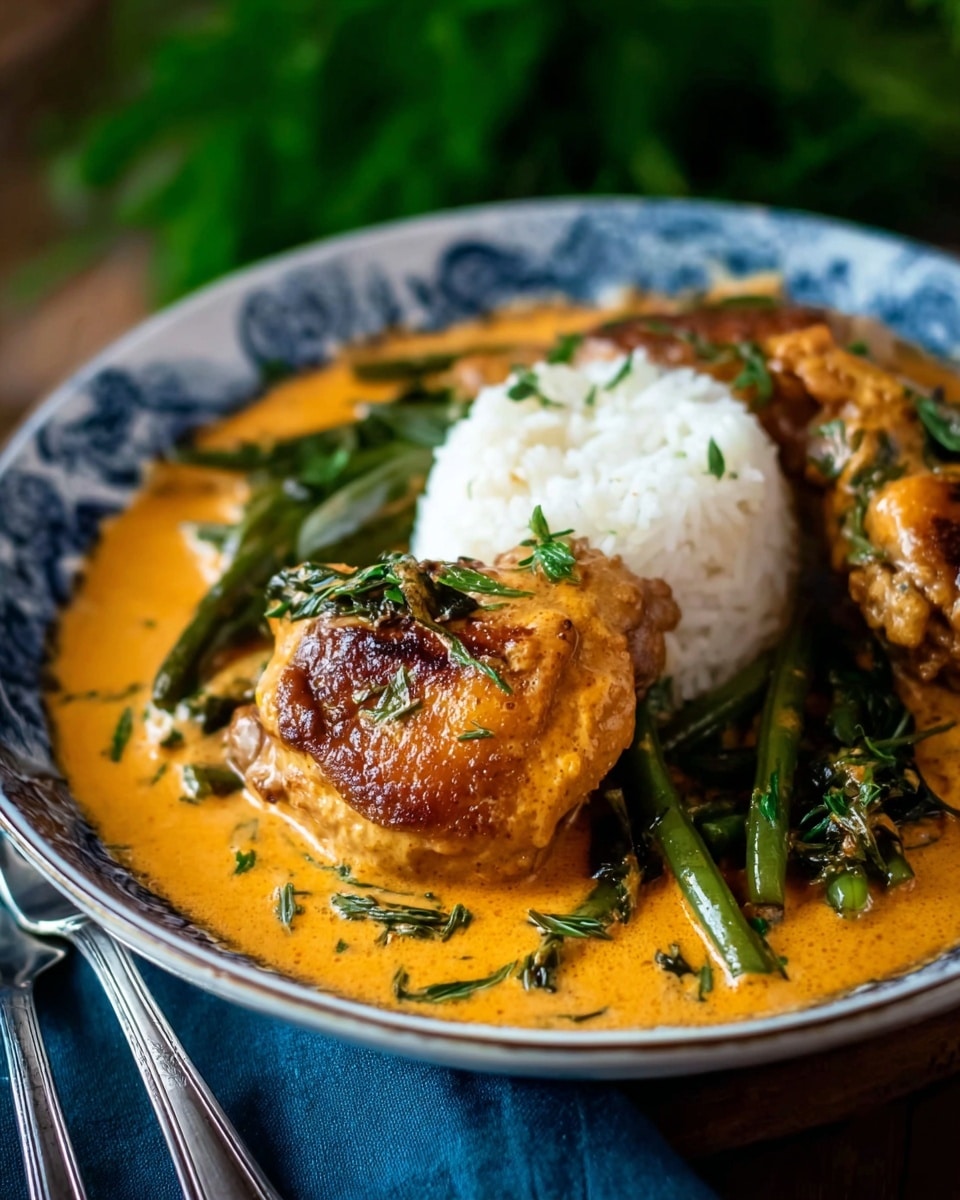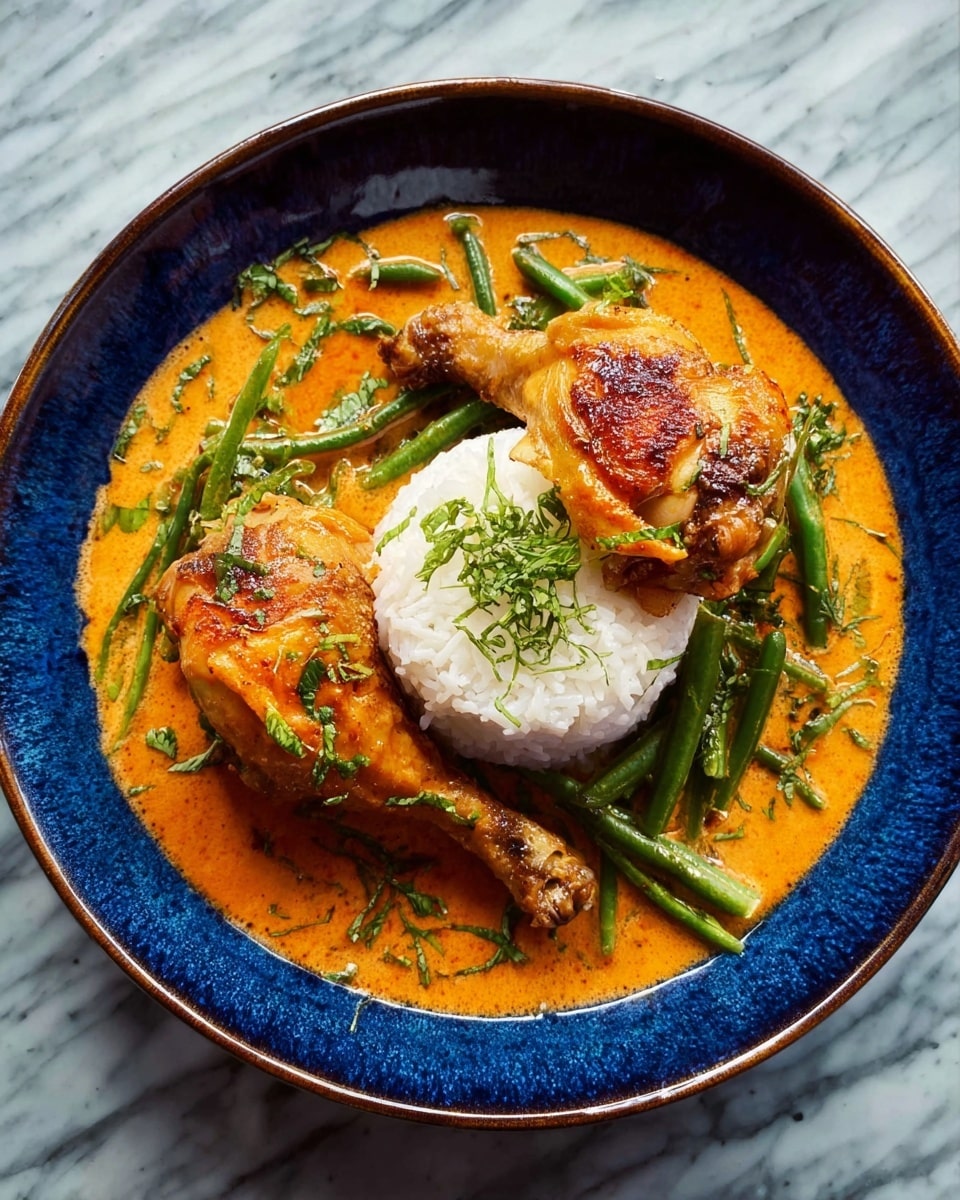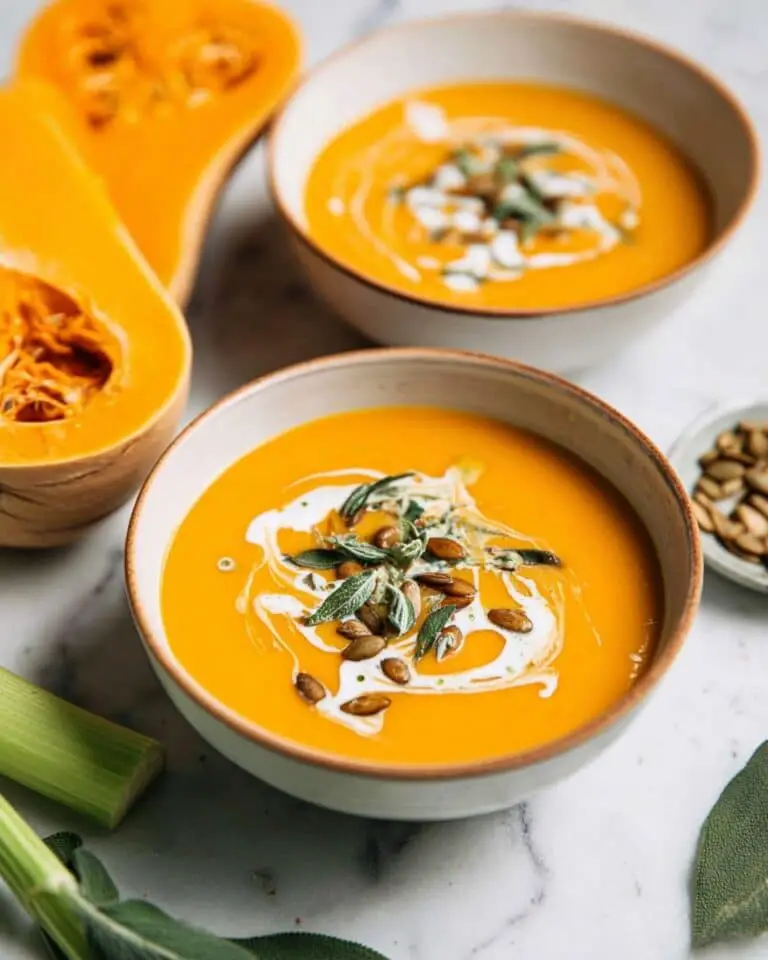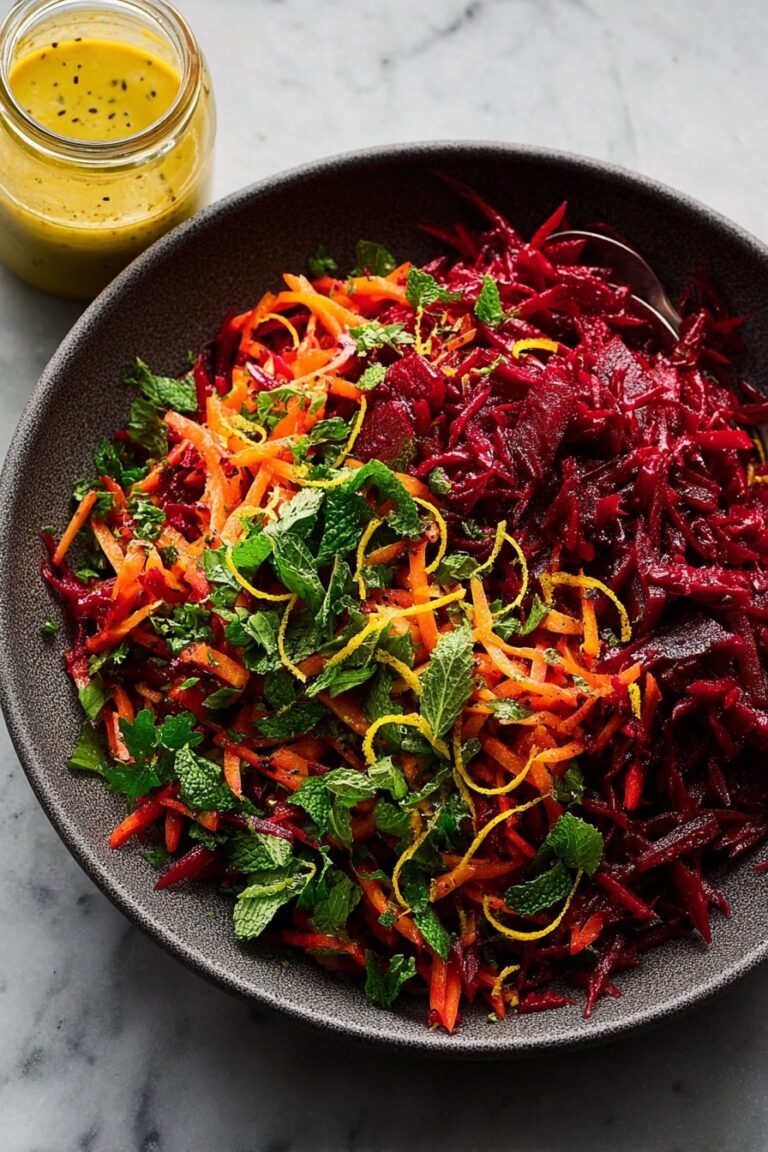If you’re looking to wow your taste buds and impress at your next dinner, you’ve got to try this Pheasant Curry in Spicy, Sour, and Creamy Coconut Sauce Recipe. I absolutely love how deeply flavorful it is, combining the rich, gamey pheasant with layers of spice, tanginess from tamarind, and the smoothness of coconut milk. When I first tried this, I was amazed at how perfectly balanced the spicy, sour, and creamy elements are—it’s like a warm hug in a bowl. Stick with me, and I’ll guide you through every step so your curry turns out just right.
Why You’ll Love This Recipe
- Unique Flavor Profile: Combines the gamey flavor of pheasant with a perfectly balanced spicy, sour, and creamy coconut sauce.
- Simple Yet Sophisticated: Uses everyday spices and ingredients to create a complex dish that feels really special.
- Perfect for Game Lovers: Elevates pheasant in a way that even those new to game meat will enjoy it.
- Flexible and Adaptable: You can tweak the heat and sourness to suit your taste perfectly.
Ingredients You’ll Need
These ingredients come together beautifully to create a curry that’s rich, vibrant, and bursting with flavor. When shopping, opt for fresh spices if you can – you’ll notice a big difference in the aroma and taste.
- Pheasant: Choose a fresh, medium-sized bird for the best texture and flavor.
- Cumin, Coriander, Kashmiri Chilli Powder, Turmeric: These spices create the curry’s warm, earthy base—fresh ground spices will elevate the dish.
- Tamarind Pulp: Adds the essential sour tang kick—remember to soak it in hot water to release its flavor.
- Garlic and Ginger: The classic aromatic duo that adds depth and warmth.
- Shallot: Gives a gentle sweetness and softens the spice.
- Tomato & Tomato Paste: Adds body and a hint of natural acidity to balance the sauce.
- Green Finger Chilli: For that fresh heat, adjust depending on how spicy you want it.
- Cardamom Pods, Fennel Seeds, Curry Leaves, Mace, Cinnamon Stick: These whole spices bring complexity and a hint of sweetness and earthiness.
- Coconut Milk: The creamy element that smooths out the spice and adds richness.
- Amchoor (Dry Mango Powder): Adds a fruity sourness—if you can’t find it, a splash of lime juice works too.
- Light Brown Sugar: Balances the sour and spicy notes with a touch of sweetness.
- Ghee & Cooking Oil: Use ghee for its nutty flavor and oil to aid in searing the meat.
- Green Beans: For a fresh, crunchy contrast in texture.
- Fresh Coriander: To garnish and add a burst of freshness at the end.
Variations
I love making this pheasant curry just as it is, but sometimes I like to tweak it a bit depending on the season or who I’m cooking for. You’re welcome to personalize it to your liking—it’s a forgiving recipe that rewards creativity.
- Swap the Game: I’ve used quail or chicken when pheasant isn’t available, adjusting cooking times accordingly.
- Heat Level: For less heat, reduce or skip the green chilli and Kashmiri chilli powder; for more, throw in some fresh chilies or a stronger chilli powder.
- Dairy-Free: This recipe is naturally dairy-free with coconut milk, but double-check your tomato paste ingredients if needed.
- Add Veggies: Sometimes I toss in sliced bell peppers or carrots for texture and color.
How to Make Pheasant Curry in Spicy, Sour, and Creamy Coconut Sauce Recipe
Step 1: Prepare and Season the Pheasant
Start by removing the legs and breast from your pheasant. Mix cumin, coriander, Kashmiri chilli powder, turmeric, and salt in a small bowl, then rub this spice blend all over the pheasant pieces. This step lets the flavors really soak in, and you’ll notice a nice aromatic base forming even before cooking. Don’t skip taking a moment to get the spices evenly coated — it’s worth it.
Step 2: Prepare the Tamarind and Aromatics
Pour 2 tablespoons of boiling water over the tamarind pulp and mash it with a fork. Set it aside to steep for 5 minutes—this is your secret for that vibrant sour punch. Meanwhile, finely dice the shallot (I like to cut it in half lengthwise first for better control), smash the garlic into a paste, grate the ginger fresh, halve the green chilli, and dice the tomato. Having all these ready makes the cooking process smooth and enjoyable.
Step 3: Toast Your Whole Spices
Heat the ghee in a medium saucepan over medium heat. Toss in the curry leaves, green chilli, cinnamon stick, cardamom pods, fennel seeds, and mace blade. Stir them for about a minute until you can smell their fragrant oils. This step is crucial—it releases the deep aromas and flavors that make the sauce complex and irresistible.
Step 4: Build the Flavor Base
Add the diced shallots, garlic paste, and grated ginger to your pan, cooking for another minute until everything softens and melds together. Then, stir in the diced tomato and tomato paste, cooking just long enough (about 2 minutes) for the tomatoes to break down and the paste to deepen in flavor. Stir regularly here to prevent sticking or burning—this part forms the heart of your sauce.
Step 5: Add Liquids and Season
Pour in the coconut milk and water, then stir in the brown sugar and amchoor powder for the sweet and sour balance. Push your soaked tamarind mixture through a fine mesh sieve directly into the pan, discarding the solids. Give everything a good stir, taste, and add extra salt if needed. This is where the sauce starts to sing—the spicy, sour, and creamy layers come alive.
Step 6: Sear the Pheasant Legs
Heat the cooking oil in a separate frying pan over medium heat. Once hot, add the pheasant legs and sear them for about 2 minutes per side until they’re nicely browned. This seals in the juices and adds a beautiful texture. Then transfer the legs to the simmering sauce, cover, and let them cook gently for 9-10 minutes so they absorb all those gorgeous flavors.
Step 7: Sear and Add the Breast
Using the same pan, sear the pheasant breast for 1-2 minutes on each side to get that lovely caramelized exterior. Add the breast pieces to your sauce and cook uncovered for an additional 5 minutes. This keeps the breast juicy and prevents overcooking, which I’ve definitely learned from experience!
Step 8: Final Touch with Green Beans
Cut fresh green beans into 7.5 cm lengths and add them to the curry for the last two minutes of cooking. They add a delightful crunch and freshness that contrasts with the rich sauce. Before serving, remember to remove the whole spices like mace, cardamom pods, and cinnamon stick—that’s a little trick I learned to keep the texture pleasant and avoid unexpected bites.
Pro Tips for Making Pheasant Curry in Spicy, Sour, and Creamy Coconut Sauce Recipe
- Use Fresh Spices: Grinding your own spices just before cooking makes a huge difference in flavor brightness.
- Don’t Skip Searing: Searing both the legs and breast locks in juices and adds savory depth.
- Tamarind Trick: Always strain tamarind pulp into the sauce to avoid gritty bits and get a smooth tang.
- Remove Whole Spices: Take out mace, cinnamon stick, and cardamom pods before serving to keep the bite texture pleasant.
How to Serve Pheasant Curry in Spicy, Sour, and Creamy Coconut Sauce Recipe
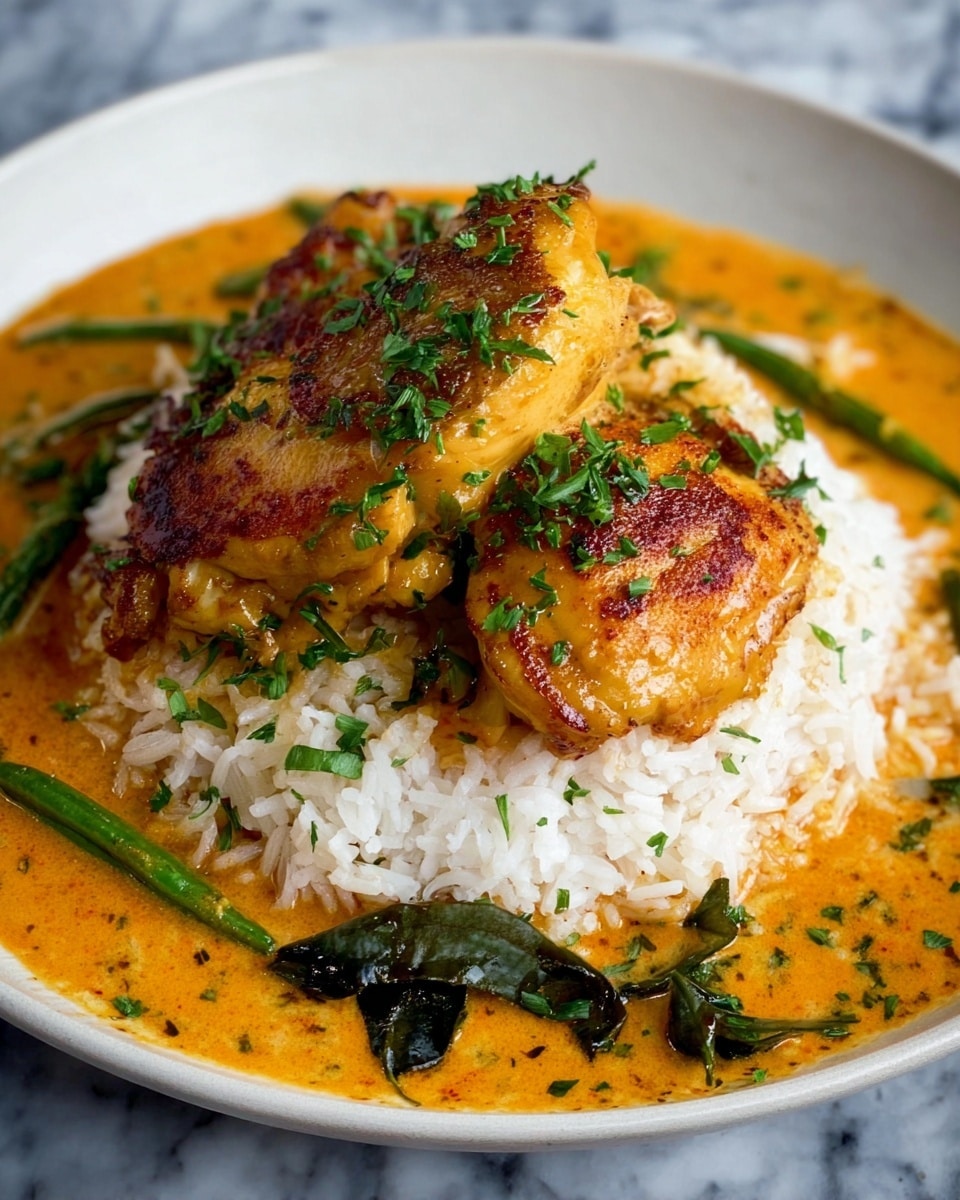
Garnishes
I always sprinkle generous handfuls of fresh coriander leaves over the top right before serving—it brightens up the dish wonderfully. For an extra pop of color and flavor, a squeeze of fresh lime juice really wakes up the sour notes in the sauce. If you like a bit of crunch, toasted cashews or thinly sliced red onion also work beautifully.
Side Dishes
This curry pairs perfectly with fluffy basmati rice, which soaks up all that luscious sauce. You might also want to serve it alongside some soft naan or even flatbreads for scooping up every last bite. For a refreshing contrast, a crisp cucumber raita or a simple mango chutney provide lovely complementary flavors.
Creative Ways to Present
For special occasions, I like plating the curry in a shallow bowl with a swirl of extra coconut milk on top and a sprinkle of chopped fresh herbs. Setting the table with small bowls of pickled vegetables and fresh lime wedges adds a festive touch and lets guests customize their bites. Using banana leaves as a placemat or serving vessel can bring a fun rustic vibe that feels right at home with the curry’s bold flavors.
Make Ahead and Storage
Storing Leftovers
Leftover pheasant curry keeps beautifully in an airtight container in the fridge for up to 3 days. I find the flavors actually develop even more after sitting overnight—just give it a gentle reheat and enjoy. Make sure to stir occasionally while reheating so the sauce stays creamy and smooth.
Freezing
You can freeze this curry for up to 2 months. Freeze it in portion-sized containers so you can thaw what you need without fuss. When freezing, I recommend slightly undercooking the greens or leaving them out—you can always add fresh green beans when reheating to keep that crunch.
Reheating
Reheat your pheasant curry slowly over low heat on the stove, stirring gently now and then. Adding a splash of water or coconut milk helps maintain the creamy texture. Avoid microwaving straight from frozen, as it can cause uneven heating and dry out the meat. Patience here pays off!
FAQs
-
Can I substitute pheasant with other meats in this curry?
Absolutely! While pheasant provides a unique gamey flavor, you can use chicken, quail, or even turkey breast. Just adjust cooking times accordingly since pheasant cooks fairly quickly compared to tougher game meats.
-
What if I don’t have tamarind pulp on hand?
If tamarind pulp is tricky to find, you can use a mix of equal parts lemon or lime juice and a pinch of brown sugar to mimic the sour and slightly sweet notes it imparts. Use sparingly and taste as you go.
-
How spicy is this Pheasant Curry in Spicy, Sour, and Creamy Coconut Sauce Recipe?
The heat level is moderate thanks to Kashmiri chilli powder and green finger chilli—but you can adjust them to your liking. Removing the seeds from fresh chillies reduces heat, or add extra if you want a fiery kick.
-
Do I need special equipment for this recipe?
Nope! Just a good medium saucepan and frying pan will do. A fine-mesh sieve helps for straining tamarind, but you can also use a clean kitchen cloth or just strain it carefully to avoid bits.
Final Thoughts
This Pheasant Curry in Spicy, Sour, and Creamy Coconut Sauce Recipe is one of those dishes that feels special yet approachable. I love how it brings out the best in pheasant, wrapping it in a sauce that’s rich but not heavy, zesty but not overpowering. If you enjoy layering flavors and playing with a balance of tastes in your cooking, you’ll really appreciate this recipe. Give it a try—you might just find your new favorite curry to make and share with friends and family.
Print
Pheasant Curry in Spicy, Sour, and Creamy Coconut Sauce Recipe
- Prep Time: 15 minutes
- Cook Time: 35 minutes
- Total Time: 50 minutes
- Yield: 2 servings
- Category: Main Course
- Method: Stovetop
- Cuisine: Indian-inspired
Description
This Pheasant Curry recipe offers a rich and flavorful dish combining tender game meat with a spicy, sour, and creamy sauce. The blend of aromatic spices, tamarind, and coconut milk creates a perfect balance of heat and tang, making it an excellent and adventurous curry option for those wanting to explore different types of meat.
Ingredients
Meat and Seasoning
- 1 Medium (750g) Pheasant
- ¼ teaspoon Cumin
- ¼ teaspoon Coriander
- ¼ teaspoon Kashmiri Chilli Powder
- ¼ teaspoon Turmeric
- ½ teaspoon Salt (plus salt to taste for the sauce)
Sauce and Spices
- 35g (40mm or 1.5″ Cube) Tamarind pulp
- 2 Garlic Cloves
- 20g (Half Thumb Sized Piece) Ginger
- 35g (1 medium) Shallot
- 1 Medium (100g) Tomato
- 1 Green Finger Chilli
- 6 cardamom pods
- ½ teaspoon Fennel Seeds
- 12 Curry Leaves
- 1 Blade Mace
- 1 Cinnamon Stick
- 1 tablespoon Tomato Paste
- 200g (¾ Cup + 2 Tbps) Tin Coconut Milk
- 100ml (⅓ Cup + 1 Tbsp) Water
- ½ teaspoon Amchoor
- 1 tablespoon Light Brown Sugar
- 2 tablespoon Ghee
- 2 tablespoon Cooking Oil
Vegetables and Garnish
- 75g (½ Cup) Green Beans
- Coriander to serve
Instructions
- Prepare the Pheasant: Remove the leg and breast from the pheasant. Mix the cumin, coriander, Kashmiri chilli powder, turmeric, and ½ teaspoon salt in a bowl, then season the pheasant pieces evenly with this spice mix.
- Prepare Tamarind: Pour 35ml (2 tablespoons) of boiling water over the tamarind pulp, mash it with a fork, and let it sit for 5 minutes to soften.
- Prep Aromatics and Vegetables: Cut the shallot in half lengthways and finely dice it. Mash the garlic cloves into a paste. Grate the ginger. Cut the green finger chilli in half lengthways. Dice the tomato into 5-7mm pieces.
- Cook the Spice Base: Heat 2 tablespoons of ghee in a medium 24cm saucepan over medium heat. Add the curry leaves, green chilli, cinnamon stick, cardamom pods, fennel seeds, and mace blade. Cook this spice mix for 1 minute until fragrant.
- Add Aromatics: Add the diced shallot, garlic paste, and grated ginger to the pan, cooking for another minute to soften and release flavors.
- Add Tomato Elements: Stir in the diced tomato and 1 tablespoon of tomato paste. Continue cooking for 2 minutes, stirring regularly to combine and thicken slightly.
- Create the Sauce: Pour in the coconut milk and 100ml water. Add 1 tablespoon light brown sugar and ½ teaspoon amchoor (dried mango powder) for tanginess. Mix well.
- Strain Tamarind: Push the soaked tamarind mixture through a fine-mesh sieve into the curry sauce, stirring well. Taste and add more salt if needed.
- Sear the Pheasant Legs: Heat 2 tablespoons of cooking oil in a separate frying pan over medium heat until hot. Add the pheasant legs and sear for 2 minutes on each side until browned.
- Simmer Legs in Sauce: Transfer the seared legs to the curry sauce, reduce heat to low, cover with a lid, and cook for 9-10 minutes until tender.
- Sear and Cook Pheasant Breast: In the same frying pan used for legs, sear pheasant breast pieces for 1-2 minutes per side. Transfer breast to sauce and cook uncovered for 5 minutes to finish cooking through.
- Cook Green Beans: Cut green beans into 7.5cm lengths and add them to the curry. Cook for a final 2 minutes until tender but crisp.
- Finish and Serve: Remove whole spices including mace, cardamom pods, and cinnamon stick from the curry. Serve hot garnished with fresh coriander leaves.
Notes
- Game meat like pheasant brings a unique flavor to curries and works wonderfully with the spicy, creamy sauce.
- Removing whole spices before serving ensures better texture and eating experience.
- Adjust chili levels according to your heat preference for a milder or spicier curry.
- Tamarind adds a characteristic sourness that balances the richness of coconut milk.
Nutrition
- Serving Size: 1 serving
- Calories: 872
- Sugar: 18 g
- Sodium: 682 mg
- Fat: 65 g
- Saturated Fat: 33 g
- Unsaturated Fat: 27 g
- Trans Fat: 0 g
- Carbohydrates: 35 g
- Fiber: 5 g
- Protein: 47 g
- Cholesterol: 146 mg

